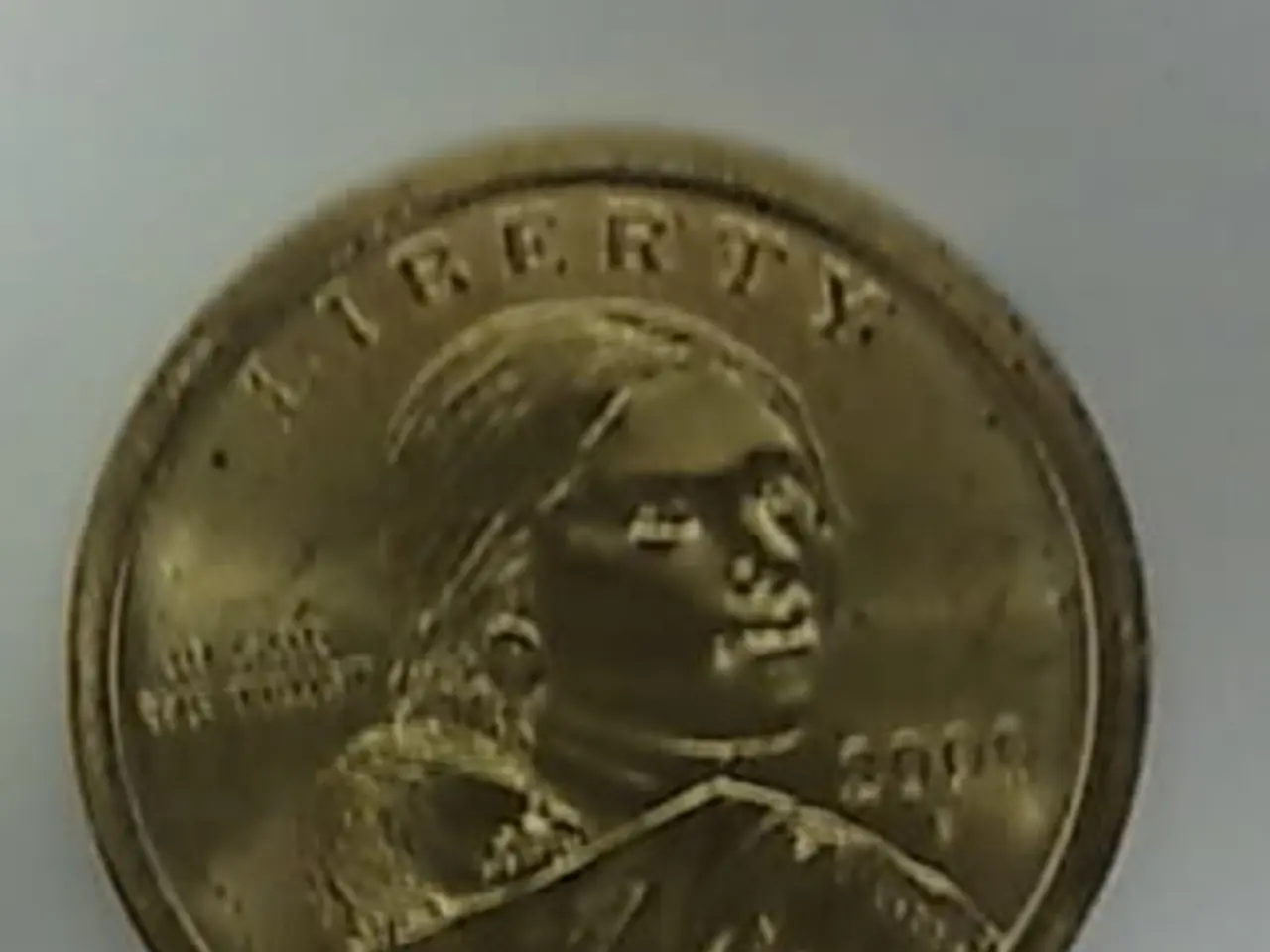Implant Made from Nanowires Restores Sight and Detects Infrared Light
A Groundbreaking Prosthesis: Tellurium Nanowires Restoring Partial Vision
Researchers have made an impressive leap in the field of vision restoration with a novel retinal prosthesis crafted from tellurium nanowires. This game-changing technology, detailed in a recent publication of Science, offers hope for restoring vision in those affected by blindness and possibly expanding human visual capacities [1][2][4].
The Bold Step Forward
In animal trials, this tellurium nanowire retinal prosthesis has restored both the brain's response to light and improved vision-based behaviors at clinically safe light levels. By taking advantage of tellurium's unique ability to convert light directly into electrical signals, this new device stimulates remaining retinal circuitry without requiring additional power supplies [2][4][5].
Macaque Models
In nonhuman primate models, such as macaques, the implant enabled detection of near-infrared light (up to 1,550 nm) while preserving normal vision. No adverse reactions were observed up to six months post-implantation, indicating good biocompatibility and safety for future clinical applications [4][5].
Tech Advantages
This prosthetic is fabricated using laser technology, resulting in extremely small implants (one-twentieth the size of a fingernail), enabling customizable solutions tailored to individual needs [5].
Impact on Sight
The device is designed for individuals with retinal degeneration, where photoreceptors are lost but other retinal circuitry remains intact. By enhancing the functioning of these remaining circuits in animal models, the prosthesis provides hope for similar results in humans [2][4].
Superhuman Sight
The tellurium nanowire network doesn't just cover the visible spectrum but extends into the near-infrared (470-1,550 nm), far beyond the natural limits of human vision (380–780 nm). This extraordinary capability could pave the way for "super vision," enabling users to perceive infrared patterns and information invisible to the naked eye [4][5].
Safer and More Effective
The prosthesis generates high optical current density and uses a simple, minimally invasive implantation procedure. Its lack of bulky intra- and extraocular components and self-powered nature make it potentially safer and more effective than existing retinal prosthetics [2][4][5].
Looking to the Future
The research team is planning to continue their work, eventually progressing toward clinical trials in humans. Future efforts will focus on improving the speed and precision of visual information processing, aiming to further enhance the prosthetic's utility for both restored and augmented vision [5].
Joining Forces
The tellurium nanowire retinal prosthesis marks a significant milestone in the quest for restoration of vision in the blind and could lead tonew avenues for expanding human sensory capabilities [1][2][4].
This research represents a promising foundation for future developments in the field of visual neuroscience, offering hope for those affected by visual impairments and pushing the boundaries of human perception.
References:1. Science Press Package, AAAS, "Tellirium nanowire retinal nanoprosthesis improves vision in models of blindness", Link2. Shuiyuan Wang et al., "Tellirium nanowire retinal nanoprosthesis improves vision in models of blindness", Science, 6 July 2023, DOI: 10.1126/science.abd59833. Eduardo Fernández, "A rapidly moving field: retinal prostheses", Science, 6 July 2023, DOI: 10.1126/science.adg3303 (Perspective article accompanying Wang et al.'s study)4. Science Press Package, AAAS, "Researchers develop working prototype of bionic eye", Press release, Link5. Science Press Package, AAAS, "Could the bionic eye hold the key to superhuman vision?", Press release, Link
- The groundbreaking tellurium nanowire retinal prosthesis detailed in a recent Science publication could offer hope for restoring vision in individuals affected by blindness and potentially expand human visual capacities.
- The prosthetic, designed for individuals with retinal degeneration, aims to enhance the functioning of remaining retinal circuits in animal models, providing hope for similar results in humans.
- By utilizing tellurium's ability to convert light directly into electrical signals, this new device stimulates remaining retinal circuitry without additional power supplies.
- In animal trials, the tellurium nanowire retinal prosthesis has restored the brain's response to light and improved vision-based behaviors at clinically safe light levels.
- The prosthetic is fabricated using laser technology, resulting in extremely small implants, enabling customizable solutions tailored to individual needs.
- This prosthetic device generates high optical current density and uses a simple, minimally invasive implantation procedure, potentially making it safer and more effective than existing retinal prosthetics.




